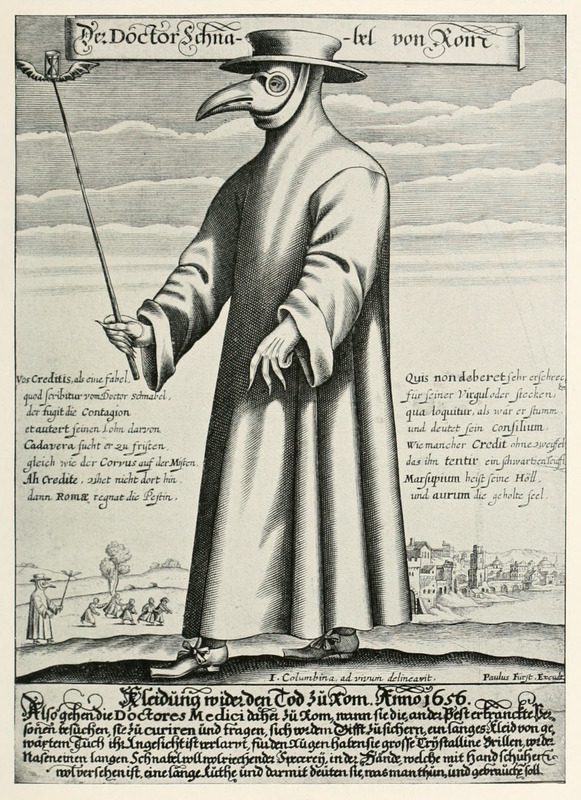Father, Son, and Holy Plague: How the Information of the Time Caused the Spread of the 1665 Plague
"Ring around the Rosie
Pocket full of Posie
Ashes, ashes, we all fall down"

This familiar childrens’ song has a haunting truth behind it. The song was written about the Yersinia pestis bacterium, more commonly known as the plague. The “rings'' were a malodorous rash that developed around the cheeks, or “rosies.” The pocket full of posies was a way to conceal the stench of the rash, by warding off the smell, and, it was thought, warding off the plague itself. However, the song fails to catch the harsh reality of the plague – the rings around the rosies were far from jovial, as the tune would suggest, and posies wouldn’t save you. They did get one thing right, though, we do all fall down.
The Yersinia pestis bacterium was the source of several retrospectively confirmed epidemics of plague throughout history. The first of these plague based pandemics was the Plague of Justinian, followed by the Black Death, then the Great Plague of 1665 – the event that coined our favorite nursery rhyme – and others that follow. This exhibit will focus on the Great Plague of 1665.
Britain was already in a bit of turmoil before the start of the plague, because there has recently been a large shift in leadership. Oliver Cromwell and his son had ruled England as a Lord Protector for six years. They ruled with a tight fist, and implemented many puritan laws, such as banning makeup, theatres, and the celebration of Christmas. Then, in 1660 the Monarch Charles ll returned to the throne, and relaxed all Puritan policies, choosing instead to rule with religious tolerance. The result was a period of cultural whiplash, and the small beginnings of secularity.
The Great Plague is believed to have begun in a parish St. Giles-in-the-Fields, which was located just outside of London (National Archives). It soon traveled to the city where it took over 68,596 lives. The rich soon fled the city in search of a safe haven, while the poor had no choice but to stay put and do their best to avoid a disease they didn’t understand. This further exacerbated the class-divide in London at the time.
Through an analysis of texts about the London Great Plague of 1665, we have determined that the long standing Christian religious beliefs, coupled with the increasing secular mentality of London in the 17th century, facilitated an environment where religion and science were intertwined. The change of British leadership from a Puritan Lord Protector to a Protestant King caused many living in 1665 London to believe that plague was God smiting them for their increasing secularity. However, the secularity also allowed for a tolerance of scientific experimentation that led to more anatomical studies of signs and symptoms of disease. Although the plague of 1665 was often explained according to religion, this period did spark a slow but steady dismantling of the religious basis for understanding disease.
